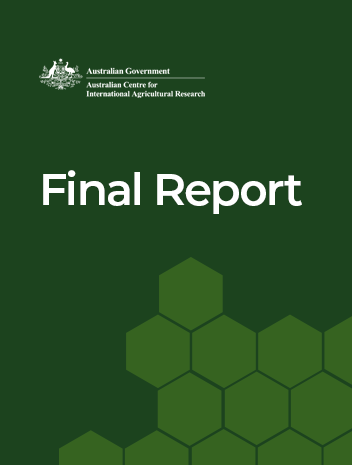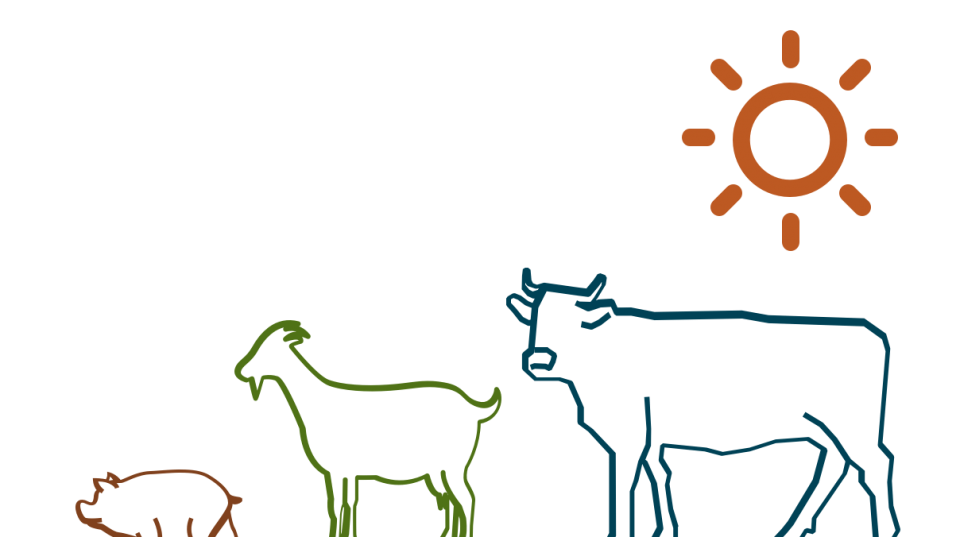Overview
This project aimed to improve the livelihoods of small-scale livestock producers in Myanmar's Central Dry Zone by enhancing management, nutrition and health of small ruminants, indigenous cattle and village chickens.
The Central Dry Zone is an important livestock production area with a high density of cattle, sheep and goats. It is also one of the poorest regions in Myanmar. The 10 million people who live there depend mostly on dry-land agriculture.
Most farms are smaller than 2 hectares, and there are many landless people whose livelihood depends on supplying farm labour. Rainfall is low and highly variable, and there is a high risk of crop failure. Farming systems are diversified and livestock is important for food, cash income and livelihood security. Most households, including the landless, keep poultry. Landless people and smallholder farmers raise small ruminants, and most farmers raise cattle.
This project researched the health and production of poultry, cattle, sheep and goats in two villages and more broadly in Myanmar, to improve household incomes and livelihoods. This research provided valuable information that described the current production systems. It included trials of practices to improve animal health and husbandry with farmers, and helped to improve growth, survival and productivity of animals.
Outcomes
The ACIAR project AH/2011/054, also known as Dahat Pan, was part of the DFAT-funded ACIAR Myanmar Program ‘Improving Food Security and Farmer Livelihoods in Myanmar’. Dahat Pan found that significant improvements could be made to livestock production, reproduction and health in the Central Dry Zone (CDZ). These baseline data provide an important reference point for evaluating current and future livestock work in the CDZ.





